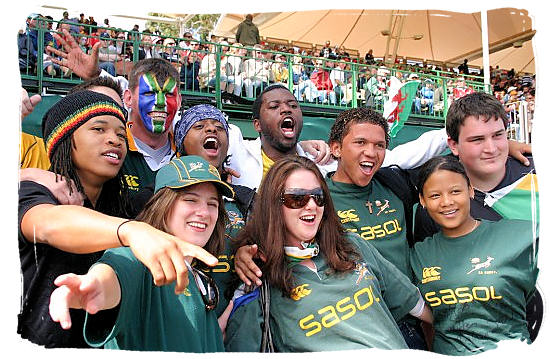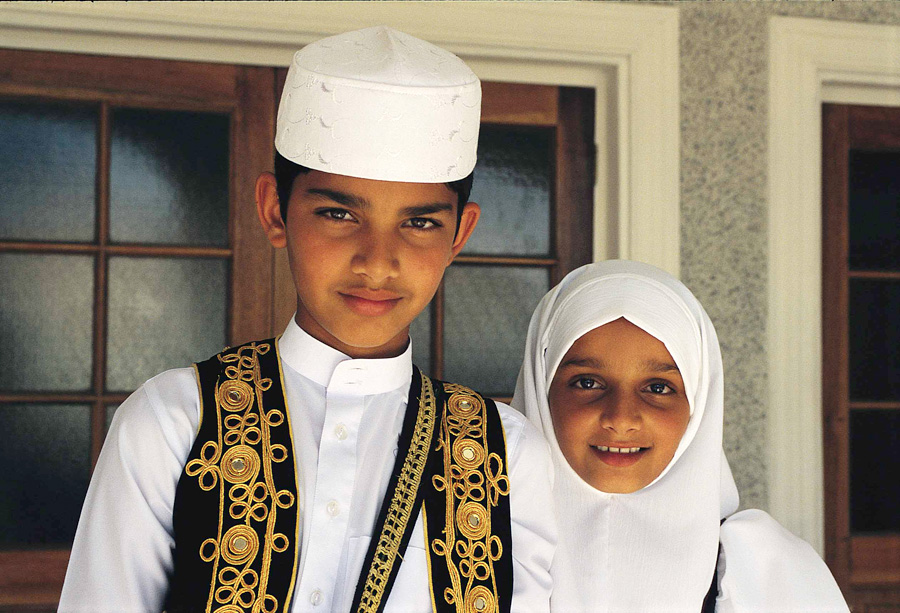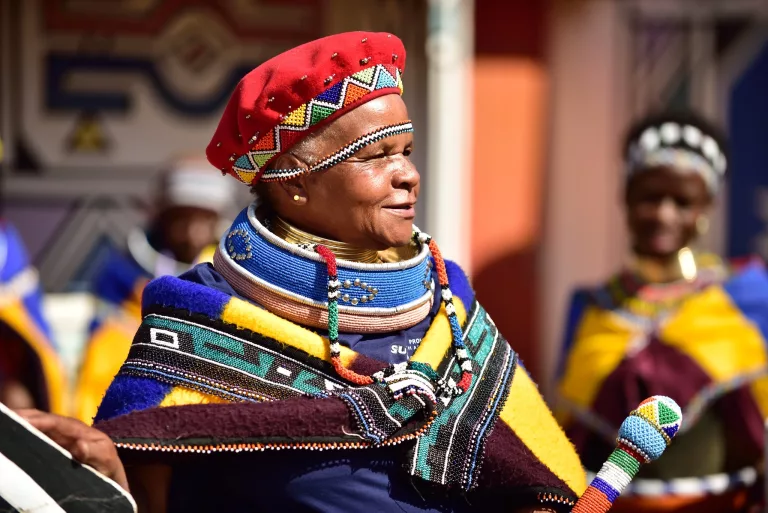South African Culture Today - Truths
South African Culture Today - Truths
Blog Article
Top Guidelines Of South African Culture Today
Table of ContentsThe 7-Second Trick For South African Culture TodayLittle Known Questions About South African Culture Today.Little Known Questions About South African Culture Today.Things about South African Culture TodayEverything about South African Culture TodayThe Only Guide to South African Culture Today
An issue of relevance in Zambian towns is the passing away of loved ones. All members of the town placed cash, time and initiative with each other for the interment of the deceased.Songs and dance is a really crucial element of the Zambian society. The various tribal devices have their own dancing types; nonetheless, makishi is common amongst all people.
Some Known Facts About South African Culture Today.
When it pertains to music, drums are utilized the most, with a range of drumming events. In Zambia, majority of individuals are Christian; Protestant and Roman Catholic. There are little teams of Muslims and Hindus, with the rest complying with neighborhood indigenous tribal beliefs.

South African heritage and society is profoundly diverse, and contains several groups of individuals that each have their own traditions and ideas. Having such a variety of individuals and cultures is what makes South Africa so special. In real feeling of the phrase, we are a rainbow nation.
South Africa has around three hundred thousand Portuguese individuals residing in it. Making it the 7th on the list of nations with the most Portuguese individuals in it outside of Portugal. Portuguese is not just a society, but it is also a language and a race. Portuguese individuals originate from the nation of Portugal in Europe, nevertheless, due to Portugal (like several other nations in Europe) checking out the globe and overcoming various other countries during the 15th 20th centuries, South Africa has what we call Portuguese South African's living in it.
South African Culture Today Can Be Fun For Anyone
Among the noticeable attributes of the topography is a plateau that covers nearly 2 thirds of the facility of the nation. The plateau complicated rises toward the southeast, where it climaxes in the Drakensberg variety, component of a cliff that separates the plateau from the seaside areas. The Drakensburg consists of Champagne Castle, the greatest top in the nation.
The area north of the Witwatersrand, called the bushveld, slopes downward from east to west toward the Limpopo River, which forms the global border. The western area of the plateau, the middleveld, likewise comes down towards the west and differs in altitude in between the highveld and bushveld. Between the Drakensburg and the eastern and southern shoreline, the land descends to the sea.
Nearer the coastline there is a low-lying level called the eastern lowveld. Southwest of the plateau the nation ends up being considerably a lot more arid, paving the way to the hostile desert of the Great Karroo, surrounded on the east by the reduced, much better watered plateau of the Little Karroo. Dividing the dry southern interior from the sandy littoral of the southerly shore and West Cape is one more array, the Langeberg.
The Best Strategy To Use For South African Culture Today
The country's racially, ethnically, and politically official source split history has actually generated nationwide and subnational signs that still function as symbols of the nation, and others signs that are accepted only by particular groups. The monoliths to white settler conquest and political dominance, such as the Afrikaner Voortrekker ("leader") Monolith in Pretoria and the Rhodes Monument honoring the British colonial empire building contractor and Cape prime priest Cecil Rhodes, stay sectarian symbols.
The very first modern inhabitants were the San ("bushman") hunter-gatherers and the Khoi ("Hottentot") individuals, who herded livestock (South African culture today). The San may have existed for thousands of years and left proof of their presence in countless old cavern paints ("rock art"). Bantu-speaking clans that were the ancestors of the Nguni (today's amaZulu, amaXhosa, amaSwazi, and vaTsonga individuals) and Tswana-Sotho language teams (today's Batswana and Southern and Northern Basotho) migrated below eastern Africa as early as the fifteenth century

Both previous republics of the Orange Free State and Transvaal (South African Republic) were developed by Afrikaner inhabitants who defeated and dispossessed the Basotho and Batswana. Lesotho would have been forcibly integrated right into the Orange Free State without the expansion of British protection in 1869. The best unification of the nation arised from the South African Battle (18991902) in between the British and both Afrikaner republics, which lowered the nation to mess up at the start of the twentieth century.
Afrikaners traditionally considered themselves the just true South Africans and, while approving full citizenship to all homeowners of European descent, denied that condition to people of shade up until the democratic transition of 1994. British South Africans preserve a sense of cultural and social connection to Great Britain without damaging their identity as South Africans.
About South African Culture Today
The diversity and fragmentation within ethnic collections and the equilibrium of tensions between those groups throughout the twentieth century prevented interethnic civil conflict. While intergroup tensions over sources, privileges, and political prominence continue to be, those problems are as likely to pit Zulu versus Zulu as Zulu versus Xhosa or African versus Afrikaner.
From colonial India, British merchants and managers brought the rounded metal decorative roofing systems and slim shoelace work pillars that still view publisher site represent the outdoor patios of cottages in communities and cities throughout the nation. Residences of praise add a crucial building facet even in the tiniest towns. Along with the skyrocketing steeples and traditional stonework of Afrikaans Dutch Reformed churches, Anglican churches, synagogues, mosques, and Hindu temples offer range to the spiritual building scene.

Slaughtering and the developing of typical grain beer are essential in safeguarding the participation and goodwill of the forefathers who are considered the guardians of great ton of money, success, and well-being. Indian areas keep their indigenous culinary traditions and apply them on Islamic and Hindu ritual and ceremonial occasions. Afrikaners and Coloured individuals gather at weekends and special celebrations at multifamily bbqs called braais, where community bonds are strengthened.
Because this was the primary financial venture of both black Africans and white homesteaders, conflict in between those groups focused on the ownership of grazing land and livestock. In 1867, the largest ruby deposits on the planet were found at Kimberley in the west central location. The wide range from those fields assisted fund the exploitation of the greatest gold read more reef worldwide, which was found on the Witwatersrand in 1886.
The Main Principles Of South African Culture Today
This brought about misconceptions and intentional misrepresentation in the ventures of white inhabitants and federal government authorities with African chiefs throughout the early american duration (South African culture today). In the establishment of African reserves, some facets of public and primarily "tribal depend on" land tenure were maintained, and even in white country areas, types of communal tenure were still practiced in locations with African communities
After the democratic makeover of 1994, programs for land restitution, redistribution, and reform were instituted, yet development has actually been slow-moving. The white minority still controls eighty percent of the land. In the wake of farming land intrusions in Zimbabwe, the Department of Land Affairs has promised to speed up land redistribution.
Report this page